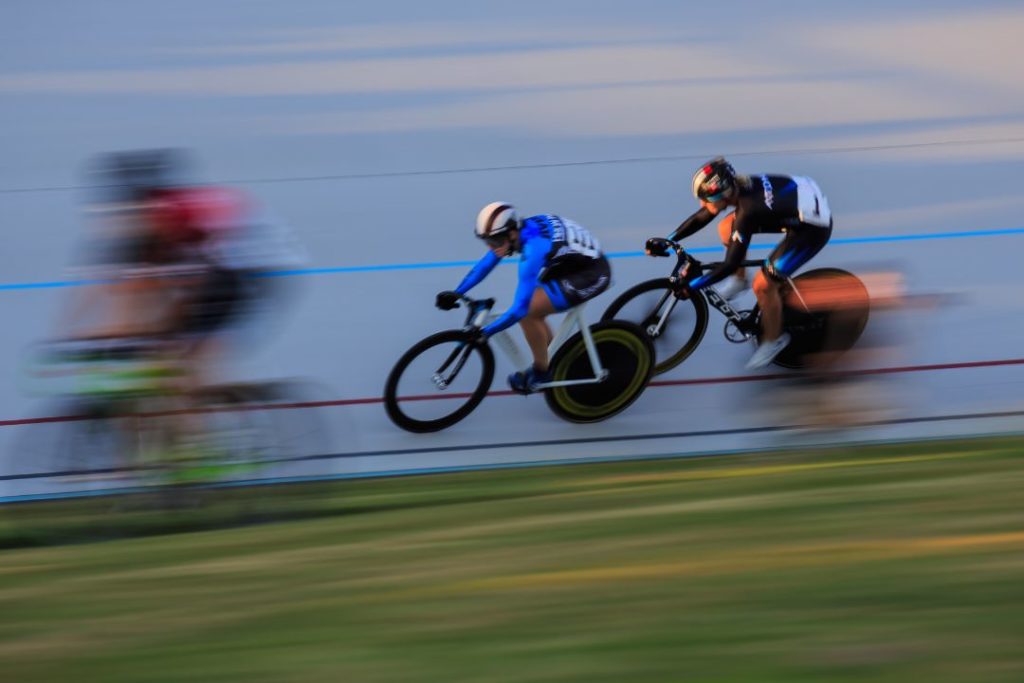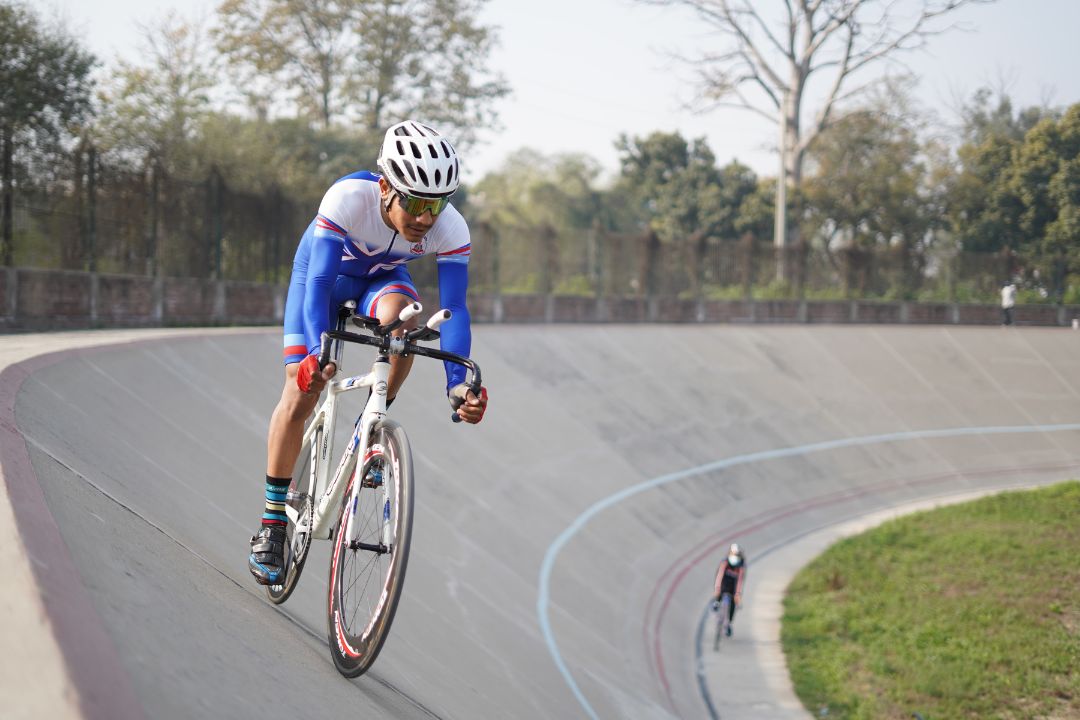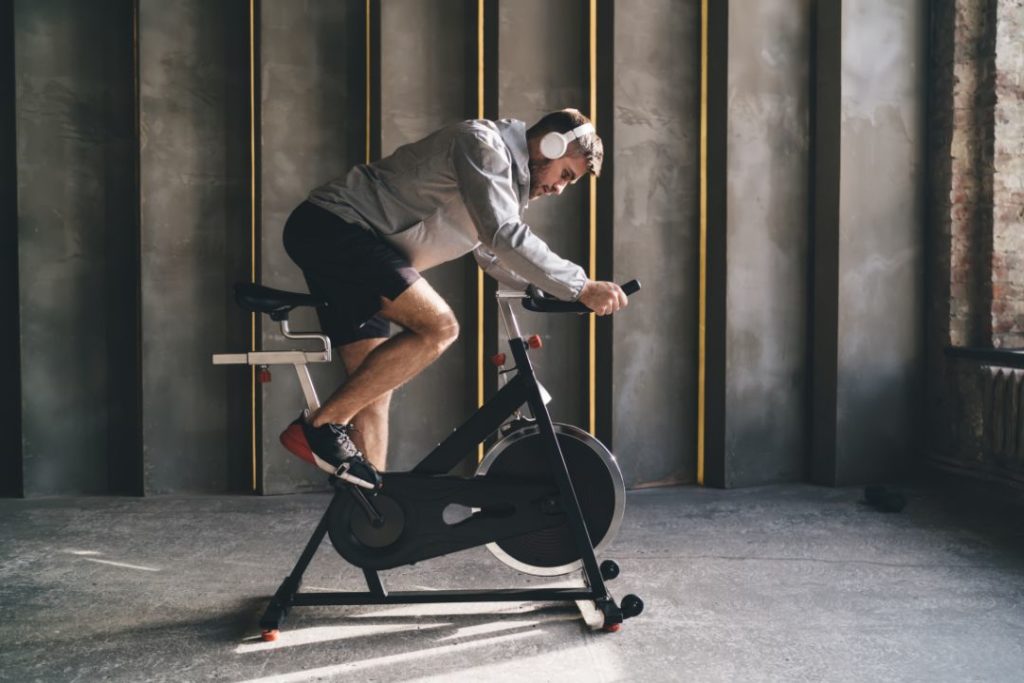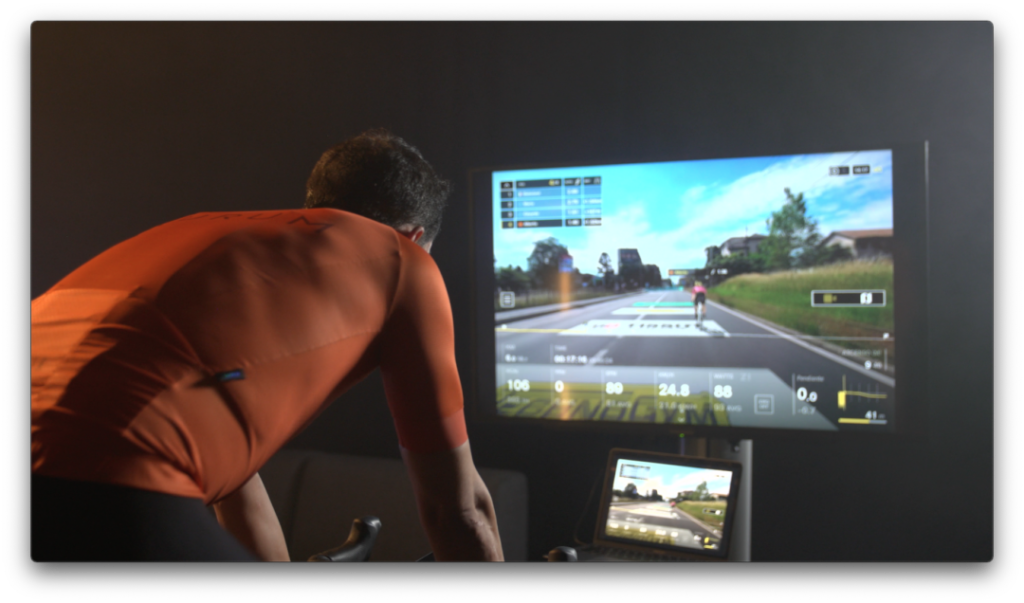In the fascinating world of cycling, every detail counts. It is important to keep all factors in mind: weather conditions, type of track or the opponents you may have in front of you. Whether on the roads, mountains or velodromes, cyclists are constantly looking for ways to maximise their performance and gain a competitive edge. One of the lesser known, but tremendously effective aspects is the savings that can be made by riding in the velodrome by taking advantage of the slipstream.
Leaning, also known as “sucking in” or “shielding” behind another rider, is a technique that involves taking advantage of the vortex of air created by the first rider. Being on the tail of another rider reduces the wind resistance experienced by the rider behind. In a velodrome, where speeds are high and distances are short, tailgating can make a significant difference to performance.
How much is the slipstream gain in a velodrome?
In order to understand the savings that can be achieved with the slipstream on the velodrome, it is essential to consider aerodynamic drag. Under normal conditions, air resistance accounts for approximately 80% of the total resistance a cyclist faces when pedalling at high speed. When riding behind another cyclist, this drag is drastically reduced. This allows the cyclist to save energy and maintain higher speeds for longer.
Several scientific studies have analysed the savings that can be achieved by the slipstream in the velodrome. A study published in the Journal of Sports Sciences in 2018 investigated the effect of the slipstream on team pursuit events in the velodrome. The results showed that drafting between cyclists allowed for a significant reduction in wind resistance, resulting in an estimated energy saving of 25% compared to solo events. In addition, it was observed that overall team performance was improved by using the slipstream strategically during the race.
Another study, published in the International Journal of Sports Physiology and Performance in 2019, examined the effect of the slipstream on endurance racing in the velodrome. The results revealed that the energy savings gained through the slipstream allowed cyclists to maintain higher speeds for prolonged periods, giving them a tactical advantage in the later stages of the race.

Slipstream is the same as resting
These studies clearly demonstrate the benefits of the slipstream in the velodrome. It is estimated that cyclists who benefit from the slipstream can save up to 30% of energy. Normally, that energy would be required to maintain the same speed alone. This energy saving can make a big difference in a high-level competition. Some teams and riders are preparing to develop specific strategies to make the most of the slipstream in the velodrome.
To sum it all up, the velodrome slipstream offers significant energy savings and improved performance for cyclists. Scientific studies support the effectiveness of this technique. This research shows substantial reductions in wind resistance and an estimated saving of up to 30% of the energy required to maintain the same speed alone.
The slipstream has become a fundamental strategy in track cycling and can make the difference between victory and defeat. So, the next time you watch a cycling race at the velodrome, pay attention to the incredible savings made by the slipstream. You’ll see every rider using this technique to reach their maximum potential.
Even if you can’t experience the slipstream in your solo training, for logical reasons, cycling simulators like BKOOL can create the right conditions for you to train under these conditions.
BKOOL is the most comprehensive cycling simulator on the market – try it FREE for 30 days!
 Go to BKOOL
Go to BKOOL





